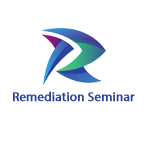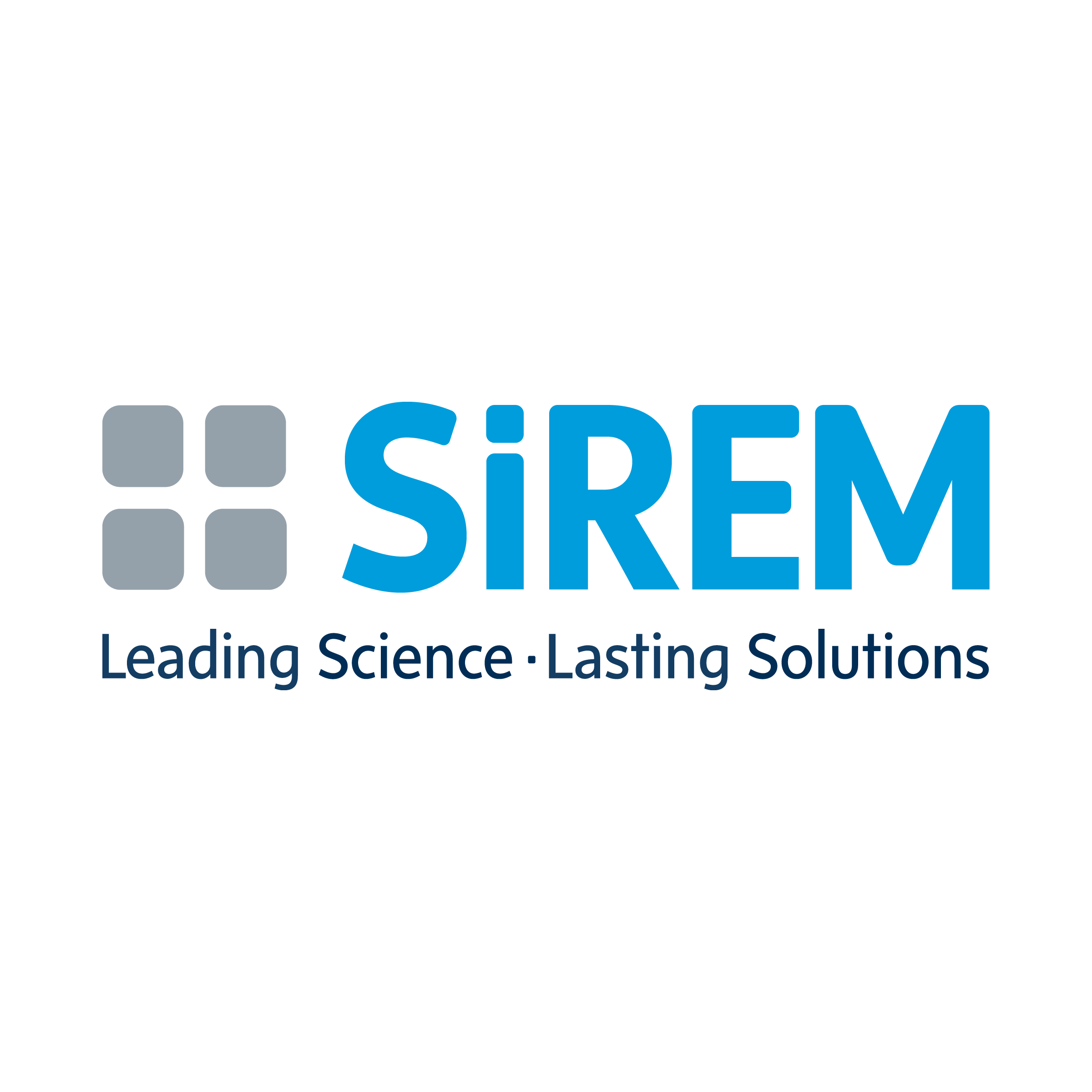Downingtown, PA
Educational Half-day Short Course
Optimization and Monitoring for Remediation of Chlorinated and Related Compounds
Join us for a comprehensive half-day short course delving into the latest technical advancements in characterizing and remediating chlorinated volatile organic compounds (VOCs) and related compounds in soil and groundwater. Aimed at environmental engineers, geologists, hydrogeologists, regulators, site managers, scientists, and all those involved in groundwater remediation, this course offers invaluable insights into current methodologies and strategies for addressing chlorinated VOCs and Nonaqueous Phase Liquids (NAPLs).
Don't miss out on this opportunity! Lunch will be provided, and participants will earn 4 Professional Development Hours (PDH) credits. Be sure to extend the invitation to others who would benefit from attending.
Event Information
| Event Date | 04-09-2024 |
| Cut Off Date | 04-08-2024 |
| Individual Price | Free |
| Location | Victory Brewing Company |
| Attachment |
Chlorinated Solutions.pdf
SiREM_Booklet_General.pdf |
Sponsors
| 10:00 am |
Registration and Networking |
| 10:30 to 11:25 am |
Analytical Tools for the Assessment of PFASJonathan Thorn, Technical Director at EurofinsFor more than a decade, the landscape of Per- and Polyfluoroalkyl Substances (PFAS) has been constantly evolving. With an ever-increasing number of compounds classified as PFAS, what can we do to keep up with potential environmental testing requirements? Starting with the development and publication of drinking water methods under the Environmental Protection Agency (EPA) Unregulated Contaminants Monitoring Rule (UCMR) in 2013 and an additional method in 2023, the world of PFAS testing expanded at an exponential rate. The need for robust methods for other, more complex, environmental matrices lead to the development of in-house methodology for an increasing number of target compounds. Most recently, a targeted method, including 40 PFAS compounds was developed, validated, and finalized, as EPA 1633. In addition to targeted analysis, several methods for an overarching “total” PFAS concentration have been developed. Incorporating different technologies and methodologies to get us closer to a total PFAS concentration. Beyond both targeted analysis and total PFAS concentrations, non-targeted analysis, frequently referred to as NTA, can be used to identify the potential unknown PFAS compounds that are currently not included in the targeted analysis, and in some cased give us quantitative or semi quantitative concentrations for these previously unidentified PFAS compounds in a sample. Several commercially available methods and emerging methods will be discussed, comparing the types of matrices applicable and the type of PFAS data generated. This includes potential strengths and weaknesses in each method as well as potential challenges with the methods from a laboratory point of view. |
| 11:25 am to 12:20 pm |
Exploring Advances in Bioaugmentation Cultures for Bioremediation of Recalcitrant ChemicalsSandra Dworatzek, M.Sc., Principal Scientist at SiREMBioaugmentation with dechlorinating cultures such as KB-1® and KB-1 Plus has become a well-established remediation technology for enhancing anaerobic bioremediation of chlorinated solvents. While Dehalococcoides spp. (Dhc) are renowned solvent dechlorinators, other dechlorinators including Dehalobacter, Geobacter and Dehalogenimonas offer supplementary dechlorination capabilities. SiREM has made advances in characterizing anaerobic benzene, toluene, and xylene (BTX) biodegraders, cultivating bioaugmentation cultures (DGG-Plus™), and developing Gene-Trac® tests for in-situ monitoring. These tools offer effective bioremediation solutions for gasoline and other BTX-contaminated sites, where conventional aerobic remediation methods are impractical. Bioremediation for chlorinated solvents and BTX compounds stands as one of the most cost-effective options, with bioaugmentation holding the potential to reduce remediation timeframes and broaden the scope of applicable sites. This presentation will delve into recent advancements in bioaugmentation cultures, molecular biological tools and provide case studies exemplifying the efficacy of bioremediation in chlorinated solvent and petroleum hydrocarbon efforts. |
| 12:20 - 1:00 pm |
Lunch Break and Networking |
| 1:00 - 1:55 pm |
Combination of Thermal Treatment and Microbial Reductive DechlorinationDavid F. Alden P.E., MSc., Manager of Technical Services at Tersus EnvironmentalAnaerobic in-situ remediation has emerged in recent years as a viable and cost-effective remediation strategy for recalcitrant contaminants. The process is used to modify chemical, physical, and biological conditions in soil and groundwater to facilitate degradation of a broad range of contaminants under anaerobic conditions to harmless end products. Emulsified vegetable oil (EVO) is often used as an assimilable carbon source as it slowly ferments and can act in the subsurface as an organic carbon and hydrogen source that stimulates organohalide-respiring bacteria that in turn mineralize chlorinated solvents. Although emulsifying vegetable oil allowed overcoming limitations of pure vegetable oil injection and minimize field interventions by using a long-lasting electron donor, hundreds of EVO injection events over the past years has demonstrated that EVO effects are limited to the area in the immediate vicinity of the injection point. This is evident through low TOC values measured even tens of meters downgradient to injection points, and the TOC is composed predominantly of acetic acid, as opposed to a more diverse fatty acid composition. Another inconvenience of EVO injections is biofouling of the matrix and particularly screened injection wells. This phenomenon is typically attributed to biomass developing in the aerobic vicinity of injection wells due to hydrophobic oils creating a film (residual electron donor) that stimulates biomass growth. In many cases, biofouling or permeability losses could very well be attributed to geochemical incompatibilities between EVO and cations in the subsurface, or EVO’s intrinsically high retention to soils. Enhanced reductive bioremediation using In-Situ Alcoholysis overcomes two of the main challenges associated with EVO injection: poor fatty acid subsurface distribution and biofouling. The method is generally directed towards transesterification of vegetable oils to improve formation and distribution of slowly fermenting and soluble electron donors that are favorable to anaerobic reductive bioremediation. Recent field work in the US and Australia has demonstrated that In-Situ Alcoholysis reactions can within 90 days reduce over 90% of the contaminant mass. Because the typical aquifer temperature is about 15°C, adding heat further enhances this process as the reaction temperature significantly influences the transesterification reaction. Based on temperature, the time needed for the transesterification reactions drops to hours from the expected months. Heat also enhances the degradation rates. Löffler et al. 2013 identified an optimal range of 25-30°C for neutrophilic, strictly hydrogenotrophic Dhc strains. Heat sources include steam, electrical resistance heating, thermal conduction heating, gas thermal heating or residual heat from an in-situ thermal remediation project. Lower cost options are under development. This presentation will discuss methods of heating the amendment mixture and injecting hot water. Using hot water offers many advantages. In general, hot water dissolves fewer gases (like oxygen or carbon dioxide) but more solids (sugars) than cold water. Temperature modeling temperature at the injection of water heated to 90°C into 3 injection wells at a flow rate of 150 m³/d was able to maintain temperatures of greater than 30°C for 10 days in the vicinity of the injection wells. Remediation results presented will show the benefits of this approach. |
| 1:55 - 2:05 pm |
Break |
| 2:05 - 3:00 pm |
Horizontal Directional Drilling and Well Installation for Substrate InjectionDavid S. Bardsley, PG, Geologist - Business Development at Ellingson-DTDHorizontal/directional drilling (HDD) has been utilized since the 1980s to install monitor wells and remediation systems. Refinements in HDD rigs, steering/locating technology and screen design provide consultants, site owners and drillers the ability to use the technology for substrate injection. The steerable drilling assembly allows wells to be placed under buildings or other surface obstructions; the wells do not have to be straight or horizontal, allowing for the well to match the plume geometry. Horizontal wells are an effective tool for emplacement of substrates for remediation activities. However, the most frequent concern among injection experts is “won’t all the injectate come out in the beginning of the well screen?” Each horizontal injection well has a project-specific screen design based on common fluid dynamics calculations to ensure proper injectate delivery. This presentation will detail proper drilling and well installation techniques along with a screen design case study. |
| 3:00 - 3:15 pm |
Question and Answers with Speakers and Attendees |
| 3:15 pm |
First drink on us |

David F. Alden, P.E. (NC)
Manger, Technical Services at Tersus Environmental
David serves as the Manager of Technical Services at Tersus Environmental, where he is a dedicated professional with extensive experience in environmental engineering and technical services. In this pivotal role, David is instrumental in fostering innovation and excellence within the realm of environmental solutions. He provides crucial technical support for Tersus' biotechnology-based solutions, specializing in the management of complex environmental liabilities and cost reduction for site closure.
David's academic journey includes earning a degree in Civil Engineering from Universidad de las Americas-Puebla, Mexico, and a master's degree from Joseph Fourier University in Grenoble, France. With this diverse educational background, he brings a unique perspective to his position.
A key aspect of David's work revolves around the development of innovative technologies for restoring groundwater and soil in challenging sites. He has authored three patents on reductive bioremediation and in situ chemical reduction, with US Patent 11,123,779 B2 titled "Method and a Chemical Composition for Accelerated In Situ Biochemical Remediation" being a notable contribution. Additionally, he has eight pending patent applications for groundwater contaminant remediation.
Managing the companies Compound-Specific Isotope Analysis (CSIA) projects, David showcases his commitment to staying at the forefront of industry advancements by applying cutting-edge techniques to assess environmental contaminants. David leverages his expertise in CSIA to provide a quantitative means for differentiating reaction pathways—shedding light on the intricate processes of abiotic and biotic degradation. This not only enhances our understanding of environmental challenges but also paves the way for more targeted and effective solutions.
David also employs molecular biologic tools to assess remediation performance. By integrating cutting-edge techniques, he ensures that our environmental solutions are not only efficient but also sustainable in the long run.

Sandra Dworatzek, M.Sc.
Principal Scientist, SiREM
Sandra is a Principal Scientist with more than 25 years of experience in bioremediation of chlorinated solvents, petroleum hydrocarbons, emerging contaminants and other recalcitrant compounds. She has specific technical experience in the design of laboratory treatability studies, the scale up of growth of aerobic and anaerobic microbial cultures for bioaugmentation laboratory and field pilot tests, and evaluation of aerobic and anaerobic bioremediation, zero valent iron and chemical oxidation technologies in the laboratory. She currently provides senior technical oversight of laboratory treatability studies and the development and scaleup of new bioaugmentation cultures, including novel cultures for BTEX compounds under anaerobic conditions and aerobic 1,4-dioxane bioremediation. Sandra currently is the industry lead on a Genome Canada funded project for the commercialization of anaerobic BTEX degrading cultures.

David S. Bardsley, PG
Business Development, Ellingson-DTD
David Bardsley P.G. has over thirty-six years of environmental drilling experience working in a variety of settings across the United States. Mr. Bardsley earned a Bachelor of Science degree in Geology & Geophysics along with a Communications Minor (1984) from the University of Missouri-Rolla. He started his career as a drill rig helper advancing through various technical and managerial positions in both small and large drilling companies. He was an early leader in the use of horizontal drilling to solve environmental and water supply challenges and has authored/co-authored over twenty papers on horizontal environmental drilling methodology.
He is a licensed well driller in Texas, Arizona and Louisiana and holds RG/PG certifications in Texas, Missouri, Louisiana and Tennessee. Mr. Bardsley is a strong proponent of education and has served as a short course instructor at Battelle environmental conferences and several universities.

Jon Thorn
Technical Director at Eurofins
Jonathan Thorn recently joined the Eurofins Lancaster Laboratories team as a Technical Director, after twenty-eight years with Battelle, where he served as the Laboratory director for the past twelve years. For the last seven years, Mr. Thorn's focus has been the analysis of PFAS in environmental samples, focusing on development and implementation of analytical methods in difficult matrices, including ground water, wastewater, landfill leachate, sediment, soil, biosolids, environmental tissues, agricultural products, and animal blood. Prior to PFAS, Mr. Thorn's primary focus was hydrocarbon forensics, focusing on PAH, alkylated PAH, and petroleum biomarkers.




